Near-room-temperature reversible switching of quadratic optical nonlinearities in a one-dimensional perovskite-like hybrid
Abstract
The switching of quadratic nonlinear optical (NLO) effects between two or more NLO states of solid-state materials represents an intriguing new branch in the field of photoelectrics and optics. While structural phase transitions have shown potential in this field, near-room-temperature reversible NLO switches have rarely been reported. To exploit new NLO switching materials within the structurally flexible class of hybrid perovskites, here, we synthesize a one-dimensional perovskite-like hybrid, (MP)PbBr3 (where MP+ is a 1-methylpyrrolidinium cation), through a facile solution method, which exhibits strong second harmonic generation (SHG) activities with an intensity of ~1.6 times as large as potassium dihydrogen phosphate. Intriguingly, (MP)PbBr3 enables the near-room-temperature reversible switching of SHG properties, showing a large NLO switching contrast of up to ~40 between its SHG-active and SHG-inactive phases, beyond most of its liquid counterparts. Further microscopic structural analyses reveal that the dynamic ordering of the organic MP+ cation and inorganic chain-like skeleton triggers its centrosymmetric (P63/mmc) to acentric (P212121) phase transition at 316 K upon cooling, resulting in a crucial contribution to its NLO switching properties. This work illustrates the potential of this material as a candidate for solid-state NLO switches and will promote the development of NLO materials within the family of low-dimensional hybrid perovskites.
Keywords
INTRODUCTION
Solid-state crystalline materials that enable the switching of nonlinear optical (NLO) properties between two or more states under external stimuli, such as light, heat, and pressure, have been attracting considerable attention for their potential applications in photoswitches, biosensors, environment monitors, and memory storage[1-4]. For liquid systems, the switching of NLO properties has been achieved through chemical modifications, such as redox reactions, protonation, and photochromism[5-7]. However, realizing the high reversibility of NLO switching in liquids remains a challenge because they face serious detuning or instability problems. In contrast, solid-state NLO materials that show the controllable second harmonic generation (SHG) signal between different phases offer a potential platform for achieving excellent NLO switching behavior[8,9]. The SHG-active phase is generally known as the “SHG-on” state, while the
Organic-inorganic hybrid perovskites provide a significant opportunity to combine phase transitions with multiple switching responses[20]. Compared with purely inorganic or organic materials, hybrid perovskites combine the advantages of inorganic networks and organic components into a single-phase structure to achieve multifunctional properties[21-23]. Among them, the low-dimensional perovskites derived from the 3D ABX3-type prototype have also attracted significant interest because of their structural flexibility and diversity in triggering dynamic phase transitions[24,25]. Structurally, large-sized organic components can easily be accommodated to form low-dimensional perovskites [e.g., zero-, one-dimensional (1D) and
The pyrrolidine ring is an important building block that has been exploited as a dynamic source to assemble phase transition materials, as exemplified by ferroelectrics and switchable dielectrics[32,33]. Under thermal stimuli, pyrrolidine moieties can spontaneously assemble into a disordered architecture because of their pseudosymmetric nature. In this work, we report a new 1D perovskite-like hybrid (MP)PbBr3 (where MP is 1-methylpyrrolidinium), showing the near-room-temperature reversible switching of NLO properties. This material undergoes a solid-state NCS-to-CS structural phase transition at 316 K upon cooling, as confirmed by differential scanning calorimetry (DSC) and dielectric measurements. At room temperature, strong SHG activities are observed in (MP)PbBr3, which displays an intensity that is ~1.6 times as large as that of potassium dihydrogen phosphate. Strikingly, it can achieve the near-room-temperature reversible switching of SHG characteristics with a contrast of up to ~40 between its “SHG-on” and “SHG-off” states, which is beyond that of most thin films and their liquid counterparts[34]. Further microscopic structural analyses reveal that the dynamic ordering of the organic MP+ cation and the inorganic chain-like skeleton triggers its centrosymmetric (P63/mmc) to acentric (P212121) phase transition at 316 K upon cooling, which contribute to its NLO switching properties. This work shows the potential of (MP)PbBr3 as a solid-state NLO switch and promotes the progress of NLO and NLO switching materials based on low-dimensional hybrid perovskites.
MATERIALS AND METHODS
Materials preparation
First, 2.53 g of lead acetate trihydrate (4 mmol) were added to a 100 mL round-bottomed flask, followed by 20 mL of a hydrobromic acid solution (40%) and 1.25 g of 1-methylpyrrolidine (3 mmol). They were then heated and stirred at 373 K for 1 h until all the precipitates were dissolved. The solvent was slowly evaporated at room temperature over several weeks and colorless crystals were obtained.
Structural characterization
Variable-temperature X-ray single-crystal diffraction analyses were carried out on a Bruker D8 diffractometer (Mo Kα radiation, λ = 0.71073 Å) at 193 and 350 K, respectively. Powder X-ray diffraction (PXRD) data were collected on a Mini Flex 600 (Rigaku Co., Tokyo, Japan) diffractometer in the 2θ range of 5°-40° with a scan step of 0.02°.
Property measurements
A thermal analysis of the sample was carried out in the temperature range of 300-360 K. In the DSC experiments, the aluminum crucibles with the dry powder of (MP)PbBr3 were put in a DSC instrument (NETZSCH 200 F3). Dielectric experiments were performed using an impedance analyzer (Tong Hui TH2828A). The SHG activities of (MP)PbBr3 were investigated by applying the Kurtz-Perry model (Nd:YAG laser, λ = 1064 nm). Further details are available in the Supplementary Material.
RESULTS AND DISCUSSION
Colorless crystals of (MP)PbBr3 were obtained from the acidic solution through a slow evaporation process at room temperature. The phase purity of (MP)PbBr3 was further verified by PXRD, which agrees reasonably well with the simulated pattern [Supplementary Figure 1]. Moreover, (MP)PbBr3 is thermally stable below 584 K [Supplementary Figure 2 and Supplementary Table 1]. Initially, the phase transition of (MP)PbBr3 was detected by DSC and variable-temperature dielectric permittivity measurements. As depicted in Figure 1A, a pair of endothermic and exothermic peaks are clearly observed at Tc = 339 and
Figure 1. (A) DSC heating and cooling cycle measurements of (MP)PbBr3. (B) Real part (ε′) of dielectric constant in heating and cooling modes. DSC: Differential scanning calorimetry.
As shown in Figure 1B, the temperature-dependent dielectric real part (ε′) was measured at various frequencies (300 kHz-1 MHz), with two dielectric plateaus observed. For the LTP, the ε′ values are ~15 and almost remain stable with the temperature variation. In the vicinity of Tc, the measured ε′ rapidly increases to a plateau of ~19, corresponding to the high-dielectric state of (MP)PbBr3. The switching performance of the dielectric properties is reversible and displays a rectangular thermal hysteresis of ~20 K between the heating and cooling runs. Such dielectric bistability coincides well with the DSC traces, behaving as an indicator to the appearance of the phase transition.
For a deeper insight into the structural phase transition behavior, the single-crystal structures of (MP)PbBr3 were collected at 350 K (above Tc, HTP) and 193 K (below Tc, LTP), respectively [Supplementary Table 2]. For the HTP, (MP)PbBr3 crystallizes in a hexagonal crystal system with the CS space group P63/mmc. As shown in Figure 2A, the asymmetric unit of the molecular structure contains an organic
Figure 2. (A) Asymmetric units for molecular structures of (MP)PbBr3 collected at 350 and 193 K, respectively. 1D packing structures of (MP)PbBr3 in the (B) HTP and (C) LTP. Order-disorder changes are clearly observed during the phase transition. 1D: One-dimensional; HTP: high-temperature phase; LTP: low-temperature phase.
When the temperature decreases below Tc, the symmetry of the crystal structure is broken. In the LTP, (MP)PbBr3 transitions to the orthorhombic crystal system with the NCS space group P212121
The above structural analyses demonstrate that the phase transition of (MP)PbBr3 takes place from the centrosymmetric HTP (P63/mmc) to the non-centrosymmetric LTP (P212121), leading to the notable breaking of crystallographic symmetry. Therefore, we analyzed the variations in the symmetry operation elements in (MP)PbBr3 during its phase transition. As shown in Figure 3, there are 24 symmetric elements
Figure 3. Transformation of spatial symmetry operations of (MP)PbBr3 between the HTP (P63/mmc) and LTP (P212121). HTP: High-temperature phase; LTP: low-temperature phase.
Consequently, we measured the SHG signals of (MP)PbBr3 using the Kurtz-Perry method at room temperature. As shown in Figure 4A, the SHG signal intensities of (MP)PbBr3 display a gradual enhancement with increasing particle size and become almost saturated, indicating the phase matching attribute of its NLO property. Compared with that of the KH2PO4 (KDP) reference in the same range of particle size, the SHG intensity of (MP)PbBr3 is ~1.6 times greater (inset in Figure 4A and
Figure 4. (A) Intensities of SHG signals versus crystal particle size of (MP)PbBr3. Inset: SHG signals of (MP)PbBr3 compared with KDP reference. (B) Temperature-dependent SHG intensities. SHG: Second harmonic generation.
Switching reversibility of the dielectric constant and NLO properties are also important to evaluate the application potential of solid-state switch materials[42]. As shown in Figure 5A, the SHG effects of (MP)PbBr3 can recover rapidly after six cycles without any attenuation during the repeated heating and cooling runs. A similar anti-fatigue merit is also observed in the dielectric measurements. With the temperature changing periodically, the corresponding ε′ values demonstrate evident reversibility and remain quite stable after eight switching cycles [Figure 5B]. The superior reversibility figures of merit for (MP)PbBr3 make it exhibit higher sensitivity and lower dissipation, which are essential for near-room-temperature solid-state NLO switching materials.
Figure 5. (A) Completely reversible and recoverable SHG switching. (B) Corresponding dielectric switching cycles in heating and cooling runs. SHG: Second harmonic generation.
To illuminate the optical range for the potential NLO applications of (MP)PbBr3, we measured its UV-Vis absorption spectrum at room temperature. As shown in Figure 6A, the optical absorption edge is located at 362 nm, corresponding to the bandgap of ~3.52 eV calculated from the Tauc equation (inset in Figure 6A). This bandgap value falls in the range of some values recently reported for 1D perovskite hybrids, such as [(CH3)3PCH2F]PbBr3 (3.215 eV)[43] and [C6H14N]PbBr3 (3.30 eV)[44]. Since the physical properties of solid-state materials are closely related to their crystal and electronic structures[45,46], we thus calculated the partial density of states of (MP)PbBr3 to analyze its composition of electronic band structures
CONCLUSION
In summary, we have successfully obtained a one-dimensional perovskite-like hybrid, (MP)PbBr3, which enables the near-room-temperature switching behavior of SHG properties. Microstructural analyses disclose that the dynamic ordering of the organic cations and inorganic networks leads to its CS-to-NCS symmetry breaking at 316 K. Strong quadratic NLO activities with an intensity ~1.6 times greater than that of KH2PO4 are verified in (MP)PbBr3 in the LTP (termed the “SHG-on” state), while the SHG signals fully disappear above the Tc (“SHG-off” state). This NLO switching behavior demonstrates a large contrast of ~40 between the two different states, as well as notable switching repeatability. This work illustrates the excellent potential of (MP)PbBr3 as an NLO material and also sheds light on the exploration of new NLO switching candidates in the family of hybrid perovskites.
DECLARATIONS
AcknowledgmentsThe authors thank Aurang Zeb for help with experimentation.
Authors’ contributionsSynthesized and characterized the perovskite materials: Fan Q
Determined the single-crystal structures: Ma Y
Performed calculation and analysis: Liu Y
Implemented the characterization of the NLO material: Xu H, Song Y
Designed and directed the studies: Sun Z
Wrote the manuscript: Fan Q, Sun Z
Discussed the results and reviewed the manuscript: Fan Q, Ma Y, Xu H, Song Y, Liu Y, Luo J, Sun Z
Availability of data and materialsNot applicable.
Financial support and sponsorshipThis work has been supported by NSFC (22125110, 21875251, 21833010, 22075285, and 21921001), the Key Research Program of Frontier Sciences of CAS (ZDBS-LY-SLH024), Fujian Science & Technology Innovation Laboratory for Optoelectronic Information of China (2021ZR126), the NSF of Fujian Province (2020J01112), the Strategic Priority Research Program of CAS (XDB20010200), and the National Postdoctoral Program for Innovative Talents (BX2021315).
Conflicts of interestAll authors declared that there are no conflicts of interest.
Ethical approval and consent to participateNot applicable.
Consent for publicationNot applicable.
Copyright© The Author(s) 2022.
Supplementary MaterialsREFERENCES
1. Delaire JA, Nakatani K. Linear and nonlinear optical properties of photochromic molecules and materials. Chem Rev 2000;100:1817-46.
2. Shi Y, Zhang C, Zhang H, et al. Low (Sub-1-volt) halfwave voltage polymeric electro-optic modulators achieved by controlling chromophore shape. Science 2000;288:119-22.
3. Castet F, Rodriguez V, Pozzo JL, et al. Design and characterization of molecular nonlinear optical switches. Acc Chem Res 2013;46:2656-65.
4. Boixel J, Guerchais V, Le Bozec H, et al. Second-order NLO switches from molecules to polymer films based on photochromic cyclometalated platinum(II) complexes. J Am Chem Soc 2014;136:5367-75.
5. Coe BJ, Houbrechts S, Asselberghs I, Persoons A. Efficient, reversible redox-switching of molecular first hyperpolarizabilities in Ruthenium(II) complexes possessing large quadratic optical nonlinearities. Angew Chem Int Ed 1999;38:366-9.
6. Li P, Wang M, Zhang M, et al. Electron-transfer photochromism to switch bulk second-order nonlinear optical properties with high contrast. Angew Chem Int Ed 2014;53:11529-31.
7. van Bezouw S, Koo MJ, Lee SC, et al. Three-stage pH-switchable organic chromophores with large nonlinear optical responses and switching contrasts. Chem Commun 2018;54:7842-5.
8. Sun Z, Luo J, Zhang S, et al. Solid-state reversible quadratic nonlinear optical molecular switch with an exceptionally large contrast. Adv Mater 2013;25:4159-63.
9. Zeng Y, Hu C, Xu W, et al. An exceptional thermally induced four-state nonlinear optical switch arising from stepwise molecular dynamic changes in a new hybrid salt. Angew Chem In. Ed 2022;61:e202110082.
10. Serra CP, van der Veen MA, Gobechiya E, et al. NH2-MIL-53(Al): a high-contrast reversible solid-state nonlinear optical switch. J Am Chem Soc 2012;134:8314-7.
11. Sun Z, Chen T, Liu X, Hong M, Luo J. Plastic transition to switch nonlinear optical properties showing the record high contrast in a single-component molecular crystal. J Am Chem Soc 2015;137:15660-3.
12. Ji C, Sun Z, Zhang S, et al. A host-guest inclusion compound for reversible switching of quadratic nonlinear optical properties. Chem Commun 2015;51:2298-300.
13. Chen T, Sun Z, Zhao S, et al. An organic–inorganic hybrid co-crystal complex as a high-performance solid-state nonlinear optical switch. J Mater Chem C 2016;4:266-71.
14. Biswal BP, Valligatla S, Wang M, et al. Nonlinear optical switching in regioregular porphyrin covalent organic frameworks. Angew Chem Int Ed 2019;58:6896-900.
15. Tao K, Wu Z, Han S, et al. Switchable behaviors of quadratic nonlinear optical properties originating from bi-step phase transitions in a molecule-based crystal. J Mater Chem C 2018;6:4150-5.
16. Mei G, Zhang H, Liao W. A symmetry breaking phase transition-triggered high-temperature solid-state quadratic nonlinear optical switch coupled with a switchable dielectric constant in an organic-inorganic hybrid compound. Chem Commun 2016;52:11135-8.
17. Zhang J, Han S, Liu X, et al. A lead-free perovskite-like hybrid with above-room-temperature switching of quadratic nonlinear optical properties. Chem Commun 2018;54:5614-7.
18. Zheng X, Shi P, Lu Y, et al. Dielectric and nonlinear optical dual switching in an organic–inorganic hybrid relaxor [(CH3)3PCH2OH][Cd(SCN)3]. Inorg Chem Front 2017;4:1445-50.
19. Shi P, Ye Q, Wang H, et al. Reversible phase transitions and dielectric properties in [(CH3)4P]2[Cr2O7] and [Et4P]2[Cr3O10]. Eur J Inorg Chem 2015;2015:3255-63.
20. Ma Y, Wang J, Guo W, et al. The first improper ferroelectric of 2D multilayered hybrid perovskite enabling strong tunable polarization-directed second harmonic generation effect. Adv Funct Mater 2021;37:2103012.
21. Xu G, Zhang W, Ma X, et al. Coexistence of magnetic and electric orderings in the metal-formate frameworks of [NH4][M(HCOO)3]. J Am Chem Soc 2011;133:14948-51.
22. Du Z, Xu T, Huang B, et al. Switchable guest molecular dynamics in a perovskite-like coordination polymer toward sensitive thermoresponsive dielectric materials. Angew Chem Int Ed 2015;54:914-8.
23. Shi C, Zhang X, Cai Y, et al. A chemically triggered and thermally switched dielectric constant transition in a metal cyanide based crystal. Angew Chem Int Ed 2015;54:6206-10.
24. Shi D, Adinolfi V, Comin R, et al. Low trap-state density and long carrier diffusion in organolead trihalide perovskite single crystals. Science 2015;347:519-22.
25. Liu X, Ji C, Wu Z, et al. [C5H12N]SnCl3: A Tin halide organic-inorganic hybrid as an above-room-temperature solid-state nonlinear optical switch. Chem Eur J 2019;25:2610-5.
26. Xu W, He C, Ji C, et al. Molecular dynamics of flexible polar cations in a variable confined space: toward exceptional two-step nonlinear optical switches. Adv Mater 2016;28:5886-90.
27. Zhou Q, Wang L, Xu Q, et al. Effective cleanup of oil contamination on bio-inspired superhydrophobic surface. Environ Sci Pollut Res 2019;26:21321-8.·.
29. Saparov B, Mitzi DB. Organic-inorganic perovskites: structural versatility for functional materials design. Chem Rev 2016;116:4558-96.
30. You Y, Liao W, Zhao D, et al. An organic-inorganic perovskite ferroelectric with large piezoelectric response. Science 2017;357:306-9.
31. Ai Y, Sun R, Zeng Y, et al. Coexistence of magnetic and electric orderings in a divalent Cr2+-based multiaxial molecular ferroelectric. Chem Sci 2021;12:9742-7.
32. Sun Z, Zeb A, Liu S, et al. Exploring a lead-free semiconducting hybrid ferroelectric with a zero-dimensional perovskite-like structure. Angew Chem Int Ed 2016;128:12033-7.
33. Ji C, Wang S, Liu S, et al. Exceptional three-level switching behaviors of quadratic nonlinear optical properties in a tristable molecule-based dielectric. Chem Mater 2017;29:3251-6.
34. Sun Z, Li S, Zhang S, et al. Second-order nonlinear optical switch of a new hydrogen-bonded supramolecular crystal with a high laser-induced damage threshold. Adv Optical Mater 2014;2:1199-205.
35. Zhang Y, Ye H, Fu D, et al. An order-disorder ferroelectric host-guest inclusion compound. Angew Chem Int Ed 2014;53:2114-8.
36. Penfold D, Dacombe M, Barnes S, Ashcroft N. International tables for crystallography. 5rd ed. Cham: Springer; 2005; pp. 10-834.
37. Zhang J, Sun Z, Zhang W, et al. Hydrogen-bonded switchable dielectric material showing the bistability of second-order nonlinear optical properties. Cryst Growth Des 2017;17:3250-6.
38. Liu S, Sun Z, Ji C, et al. Exceptional bi-step switching of quadratic nonlinear optical properties in a one-dimensional channel compound. Chem Commun 2017;53:7669-72.
39. Wu Z, Liu X, Ji C, et al. Above-room-temperature switching of quadratic nonlinear optical properties in a Bi–halide organic–inorganic hybrid. J Mater Chem C 2018;6:9532-6.
40. Hua X, Zhang W, Shi P. Two-step nonlinear optical switch in a hydrogen-bonded perovskite-type crystal. Chem Commun 2022;58:1712-5.
41. Liao W, Ye H, Fu D, et al. Temperature-triggered reversible dielectric and nonlinear optical switch based on the one-dimensional organic-inorganic hybrid phase transition compound [C6H11NH3]2CdCl4. Inorg Chem 2014;53:11146-51.
42. Peng H, Liu Y, Huang X, et al. Homochiral one-dimensional ABX3 lead halide perovskites with high-. T ;5:4756-63.
43. Cao Y, Zhou L, He L, et al. Phase transition and band gap regulation by halogen substituents on the organic cation in organic-inorganic hybrid perovskite semiconductors. Chem Eur J 2020;26:14124-9.
44. Zhang J, Liu X, Li X, et al. [C6H14N]PbBr3: An ABX3-type semiconducting perovskite hybrid with above-room-temperature phase transition. Chem Asian J 2018;13:982-8.
45. Li P, Tang Y, Liao W, et al. A semiconducting molecular ferroelectric with a bandgap much lower than that of BiFeO3. NPG Asia Mater 2017;9:e342.
Cite This Article
How to Cite
Fan, Q.; Ma, Y.; Xu, H.; Song, Y.; Liu, Y.; Luo, J.; Sun, Z. Near-room-temperature reversible switching of quadratic optical nonlinearities in a one-dimensional perovskite-like hybrid. Microstructures. 2022, 2, 2022013. http://dx.doi.org/10.20517/microstructures.2022.09
Download Citation
Export Citation File:
Type of Import
Tips on Downloading Citation
Citation Manager File Format
Type of Import
Direct Import: When the Direct Import option is selected (the default state), a dialogue box will give you the option to Save or Open the downloaded citation data. Choosing Open will either launch your citation manager or give you a choice of applications with which to use the metadata. The Save option saves the file locally for later use.
Indirect Import: When the Indirect Import option is selected, the metadata is displayed and may be copied and pasted as needed.



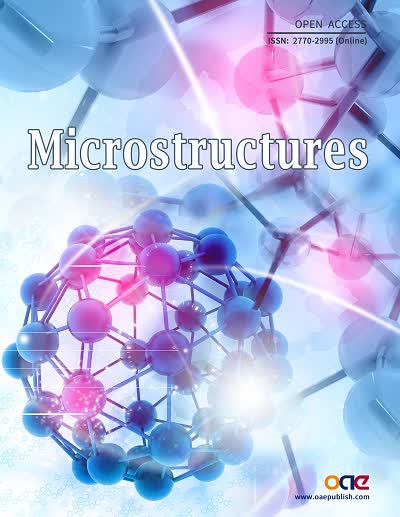









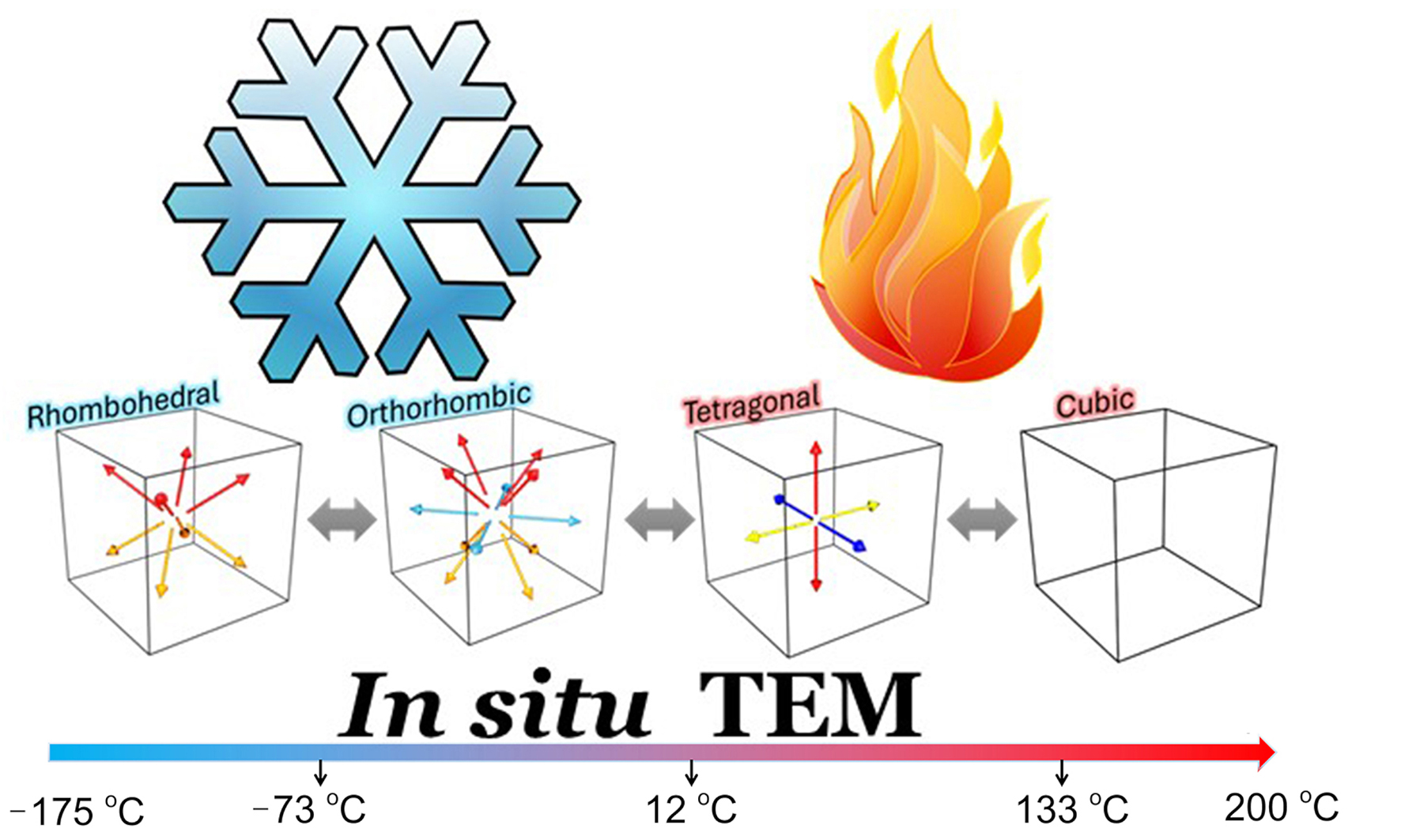

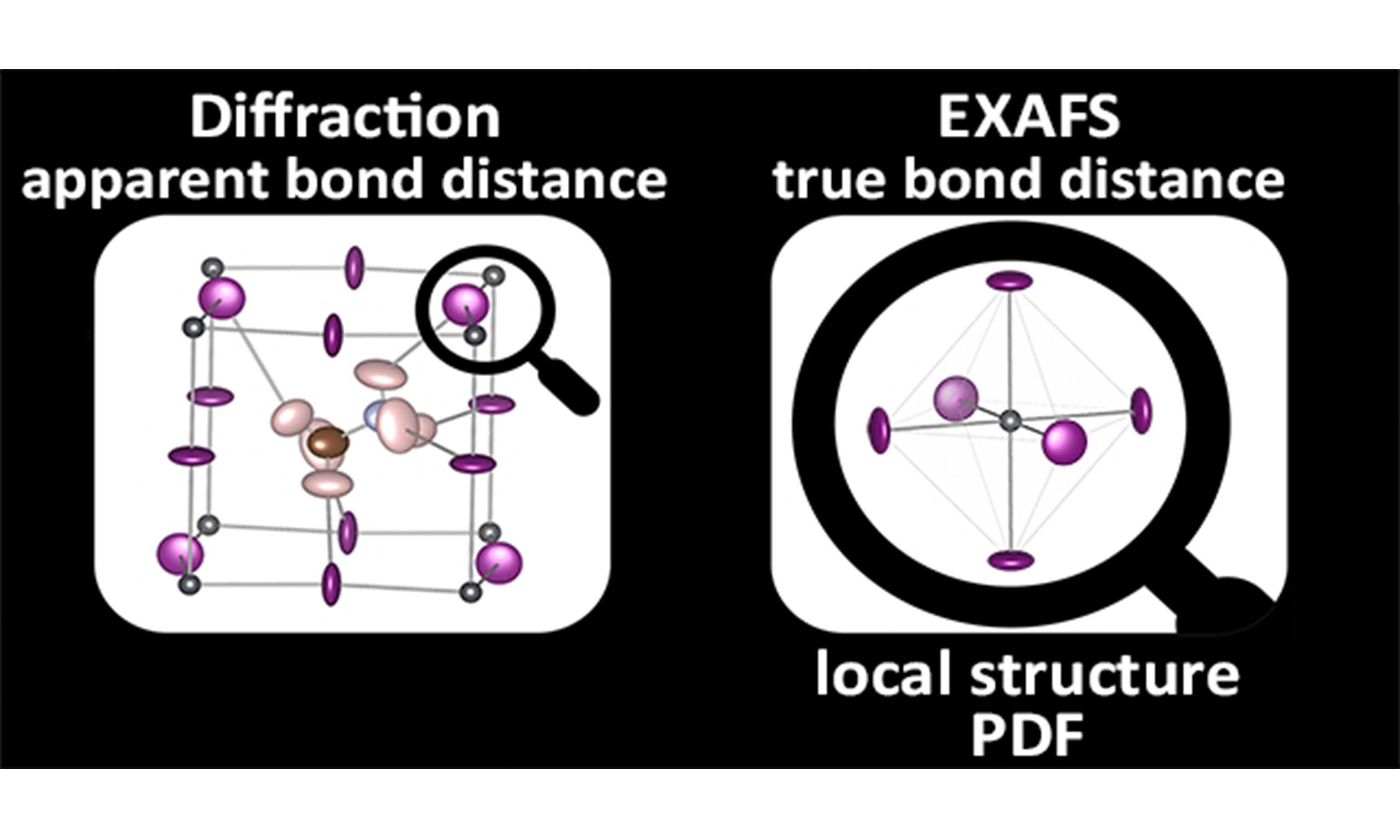
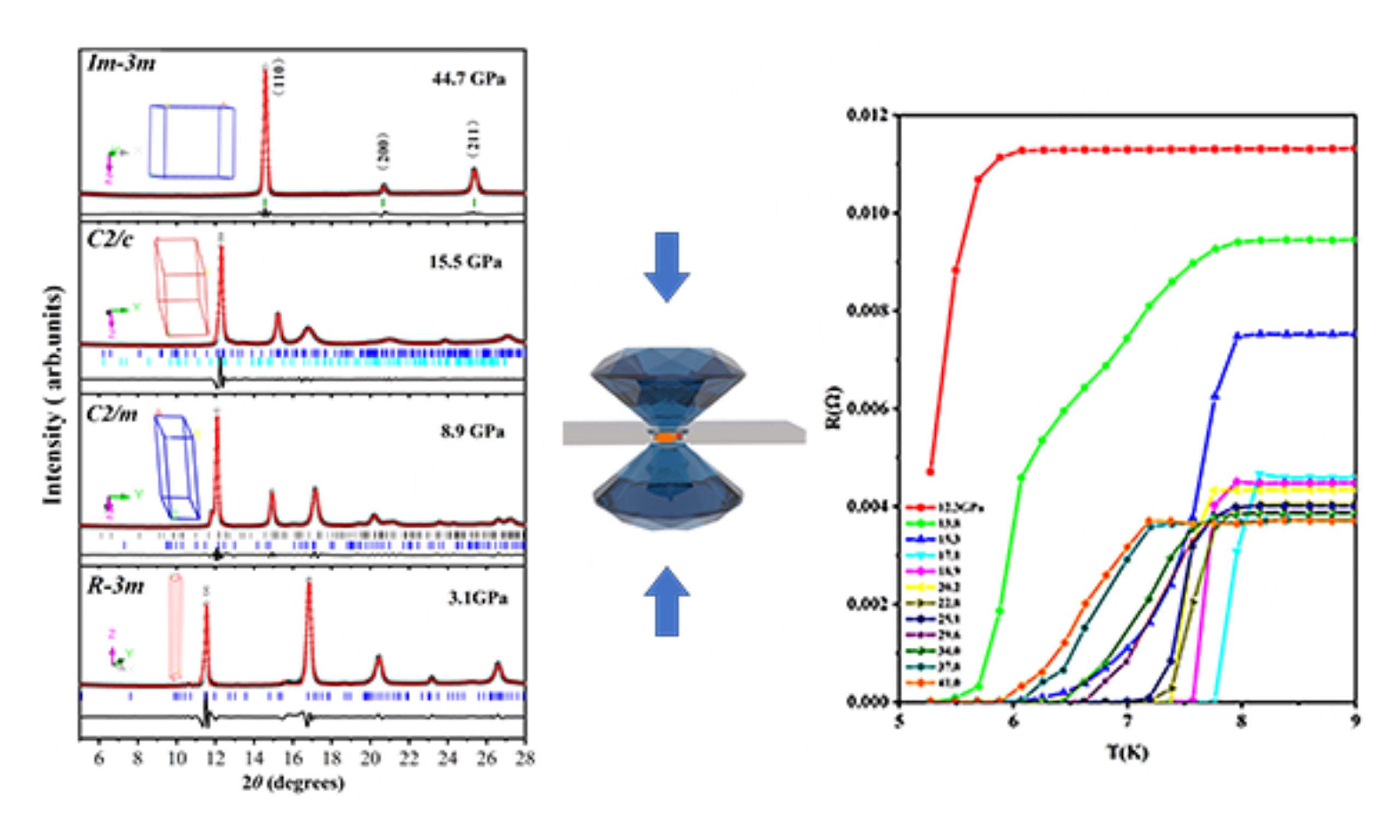
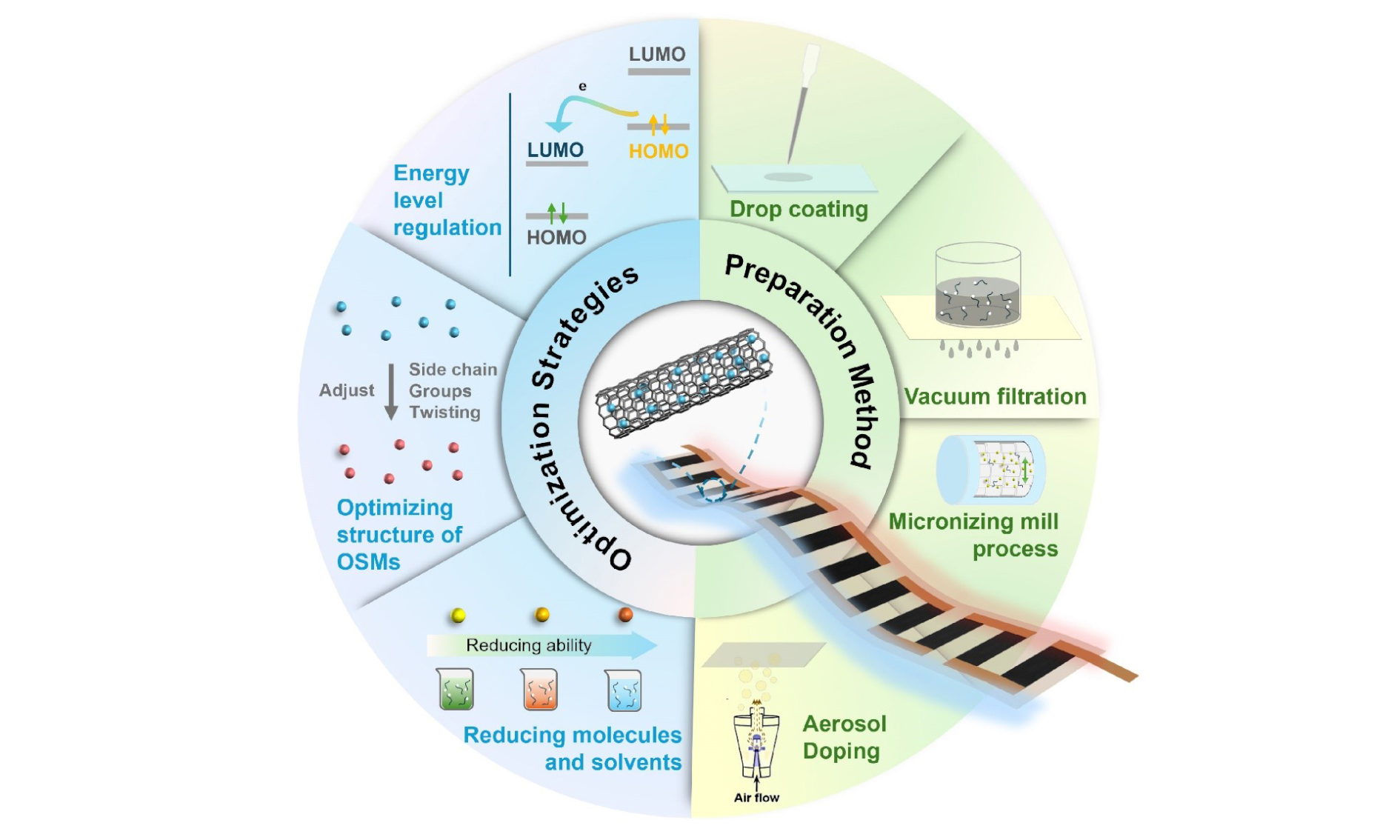

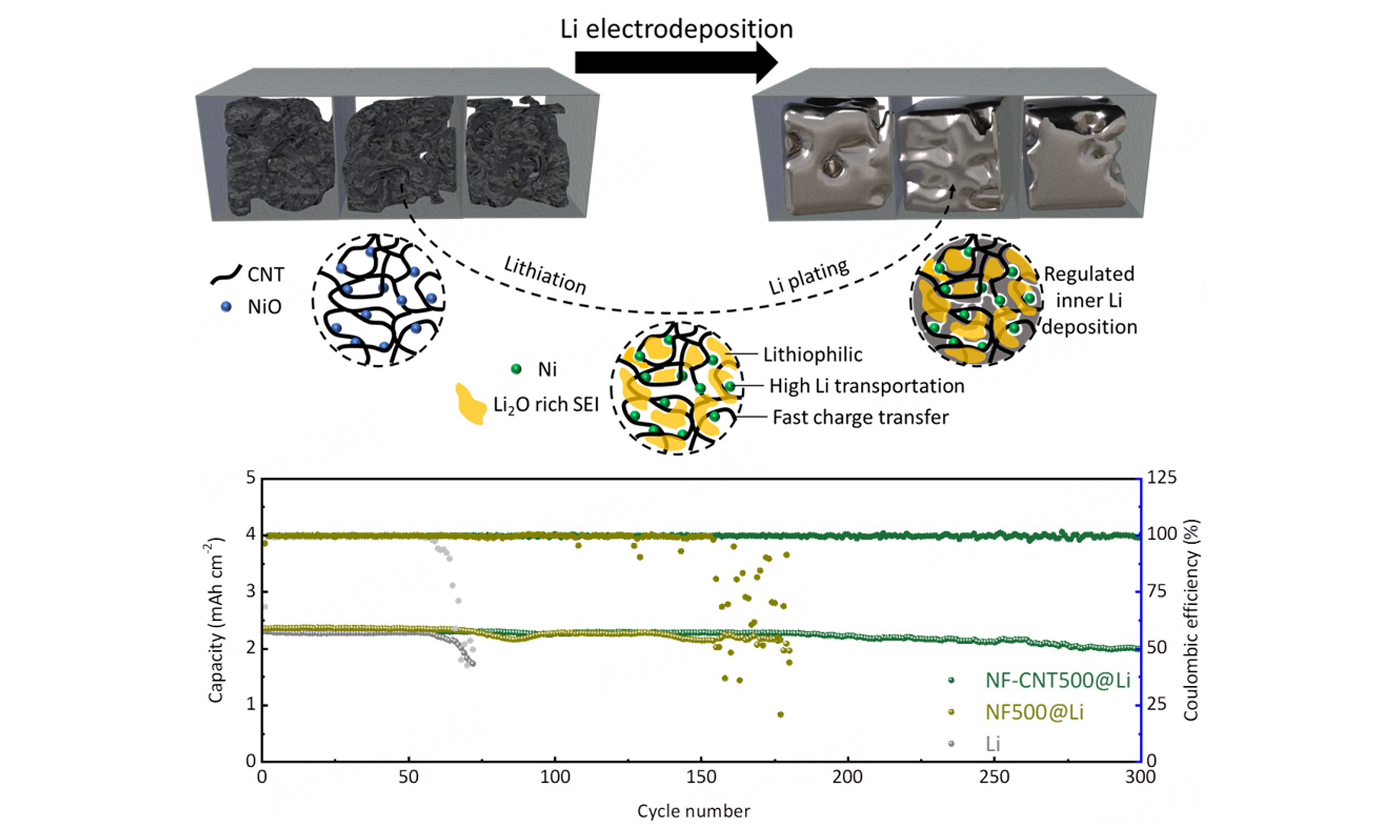
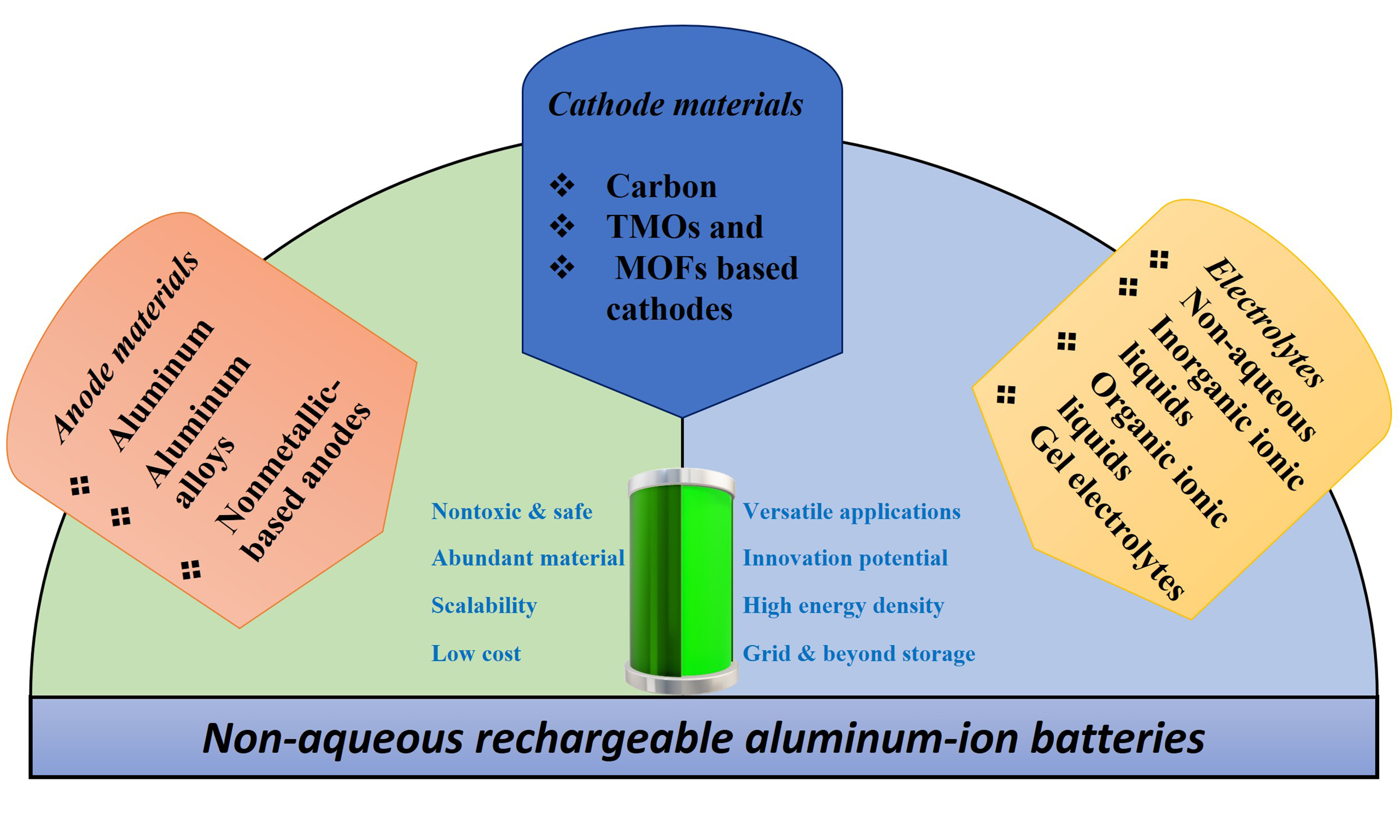
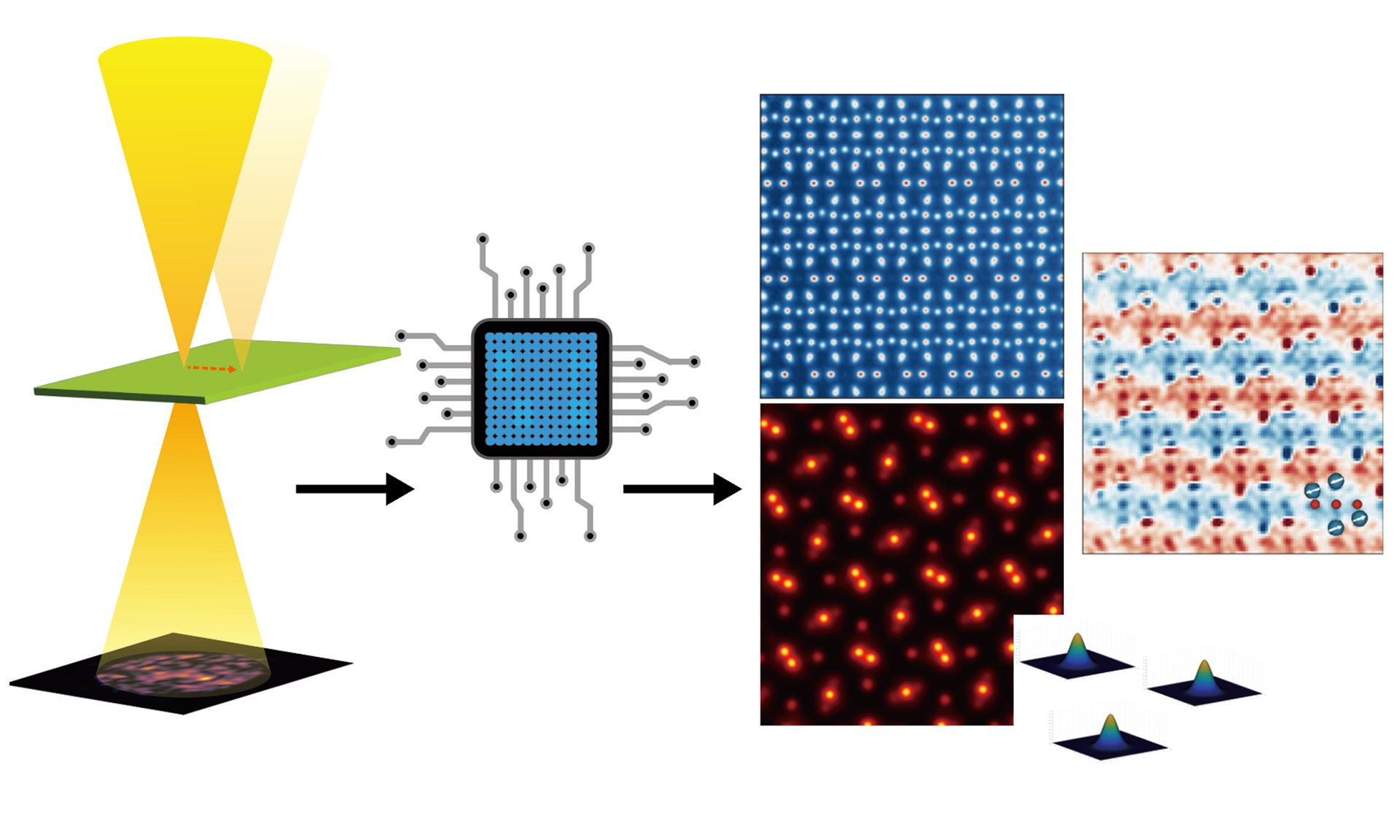







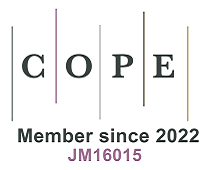



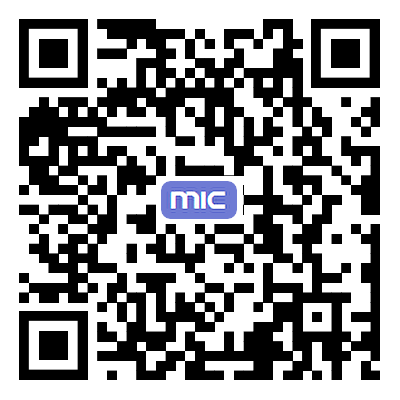




Comments
Comments must be written in English. Spam, offensive content, impersonation, and private information will not be permitted. If any comment is reported and identified as inappropriate content by OAE staff, the comment will be removed without notice. If you have any queries or need any help, please contact us at support@oaepublish.com.